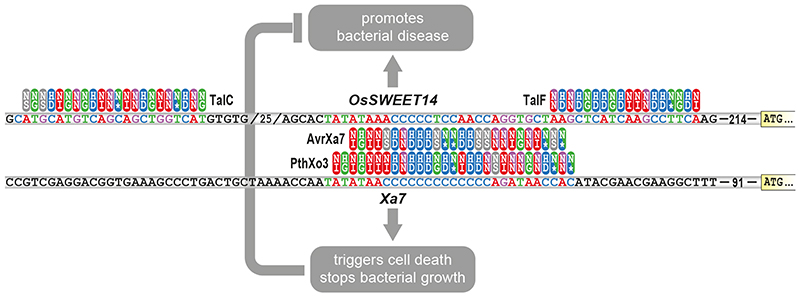Figure 3. TALEs with a dual function that either promote disease or trigger plant resistance.
Strains of the rice pathogen Xanthomonas oryzae evolved distinct TALEs to transcriptionally activate the rice OsSWEET14 gene as depicted above. This includes the TALE proteins TalC, TalF, AvrXa7, and PthXo3. The rice executor R gene Xa7 contains in its 5’ upstream sequence an AvrXa7- and PthXo3-compatible EBE but not TalC- and TalF-compatible EBEs. TALEs are represented by repeats (ovals) with their RVDs (one-letter amino acid code). Colour coding indicates base preference of a given RVD. 5’ upstream nucleotide sequences of the rice S gene OsSWEET14 and the executor R gene Xa7 are shown in the upper and lower line, respectively.

